When Principal Ryan Most came to Kansas City’s New Stanley Elementary School in 2012, the school ranked in the bottom 5% of the state. Classroom libraries were outdated, and teachers received little, if any, professional development.
Materials being used were mostly remnants from past basal programs. They targeted below-grade-level readers, and were working for some students, but certainly not all. Classrooms had ten-year-old prebound books with faded, often unreadable covers that made it difficult for students to pick out books—much less get excited about reading.
A Background in Balanced Literacy
Most, who had prior experience with authentic literature and the balanced literacy model, knew that engaging texts are the key to motivating students as readers.
Early in his career, Most worked as an eighth and ninth grade teacher in Effingham, KS. There he saw firsthand the correlation between student achievement and the use of real books in the classroom. With students reading titles ranging from Dr. Seuss to Fahrenheit 451, he found himself researching how to teach kids on such a large spectrum.
The idea of using real books came up repeatedly.
His research pointed him to guided reading, modeling and shared reading. He began implementing small group reading and independent reading, both of which required a wide variety of books at a wide range of levels.
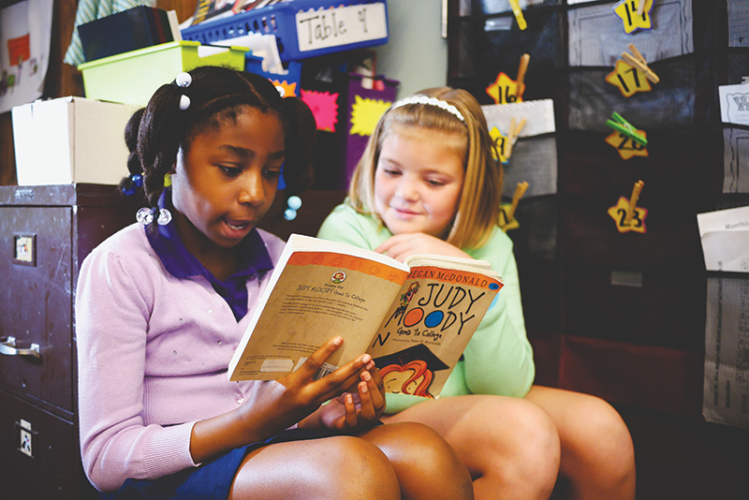
Most quickly saw that if texts were too difficult, his students would shut down. But when he helped them learn how to select texts at just the right reading level, he started to see success.
Discovering a Trusted Literacy Partner in Booksource
The same year that Most became Principal at New Stanley Elementary, the Kansas City, Kansas Public Schools (KCK) received $4 million from the U.S. Department of Education’s School Improvement Grant. Some of these funds came to New Stanley.
Based on his prior experience, Most knew that a balanced literacy approach was the answer to New Stanley’s challenges. The school needed high-quality books that would engage students, as well as professional development that would empower teachers with the skills to integrate these books across their curriculum.
But who could deliver all of this? A wide selection of classroom library books plus the extra services and support necessary for New Stanley to implement a robust and effective balanced literacy program?
Booksource could.
Principal Most quickly learned that not all book vendors are created equal. Booksource stood out from the beginning as a classroom library company that always responded to his needs and offered a high level of support.
He discovered that Booksource is not just another vendor of books, but a trusted literacy partner.
We worked closely with Principal Most to:
Provide the quality and selection of books needed.
Most needed sturdy, quality trade editions from reputable publishers that would hold up to heavy classroom library use, unlike cheaper book fair editions he might get elsewhere. With over 30,000 titles and more than 5,000 collections, Booksource also offered the wide variety New Stanley needed to meet the unique and varied interests of its students.
“There has got to be that variety—different genres, different topics,” says Most of classroom libraries. “We can get any collection in the world, but if there’s not a variety of books, some kids will be left out, and my goal is that we don’t leave anybody out.”
Curate free custom booklists.
Guided by reading level, genre, content area, whatever each classroom library needed, our title experts listened to the requests of Most’s teachers and then did all the legwork, recommending the right books to meet the needs of New Stanley students. This personal assistance made it easier for Most and his teachers to set up their classroom libraries, since they didn’t have to spend time flipping through catalogs and evaluating products.
Offer professional development to empower teachers.
New Stanley purchased classroom library books from Booksource to support independent reading, reading and writing workshop, units and content area instruction. But with so many new books, some teachers felt overwhelmed by the responsibility of using them. Booksource stepped in to provide a hands-on workshop that offered insights on best practices for a complete balanced literacy model, as well as a follow-up session on using real books to teach math, social studies and science.
Classroom Libraries Yield Success at New Stanley
Since Most started at New Stanley in 2012, test scores have improved and students are more engaged as readers. Classroom libraries filled with real books (and, of course, great teachers who know how to teach with these books) are making an impact.
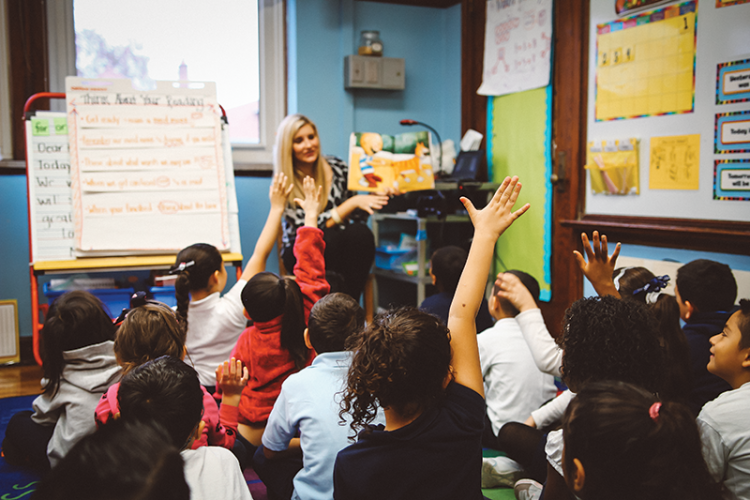
During the 2015-2016 school year, student participation in the school’s read at home program increased by 215%.
Over the last two years, New Stanley has shown an average 20% growth in grade level proficiency.
Most importantly, getting to choose their own books has created a culture where students are excited about reading and invested in their learning.
“Through F&P and Map Assessments, we see that those students who are choosing those new books and choosing the books that really, truly interest them, their scores go up much more quickly,” notes teacher Brandy Treaster.
“We’ve made substantial enough gain to know that we’re headed in the right direction,” says Most, who credits the emphasis on classroom libraries and a balanced literacy model for his school’s impressive turnaround.
“Personally,” he says, “I think it centers on the texts that we’ve had for the kids to access. First and foremost, you can’t stand up there and teach if you don’t have books in kids’ hands that they actually want to read.”
To learn more about how Booksource helped New Stanley Elementary build classroom libraries that boosted student achievement, download the complete case study: Booksource Classroom Libraries Boost Reading Achievement in Kansas City Elementary School.


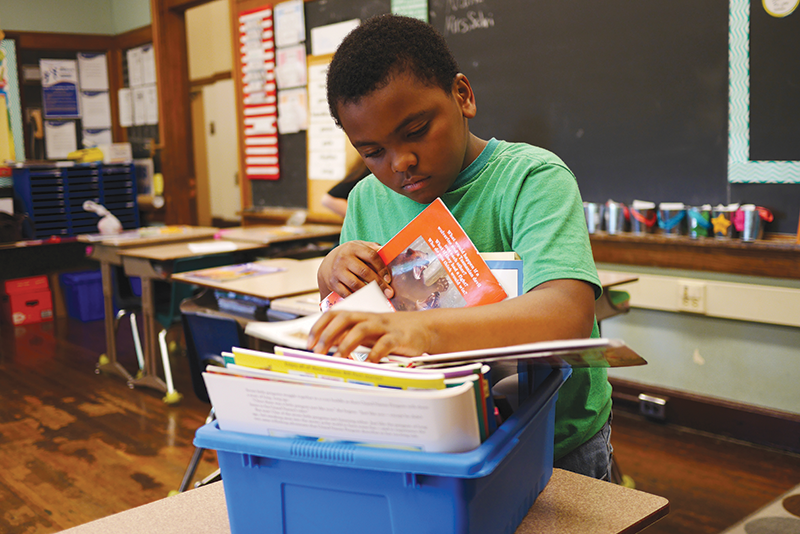
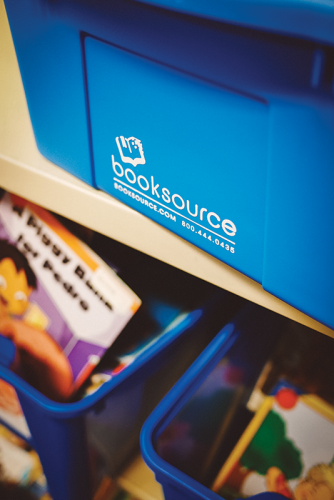
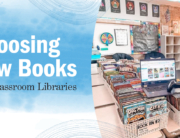
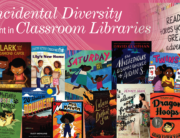

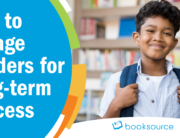
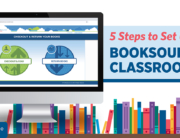
Leave A Comment